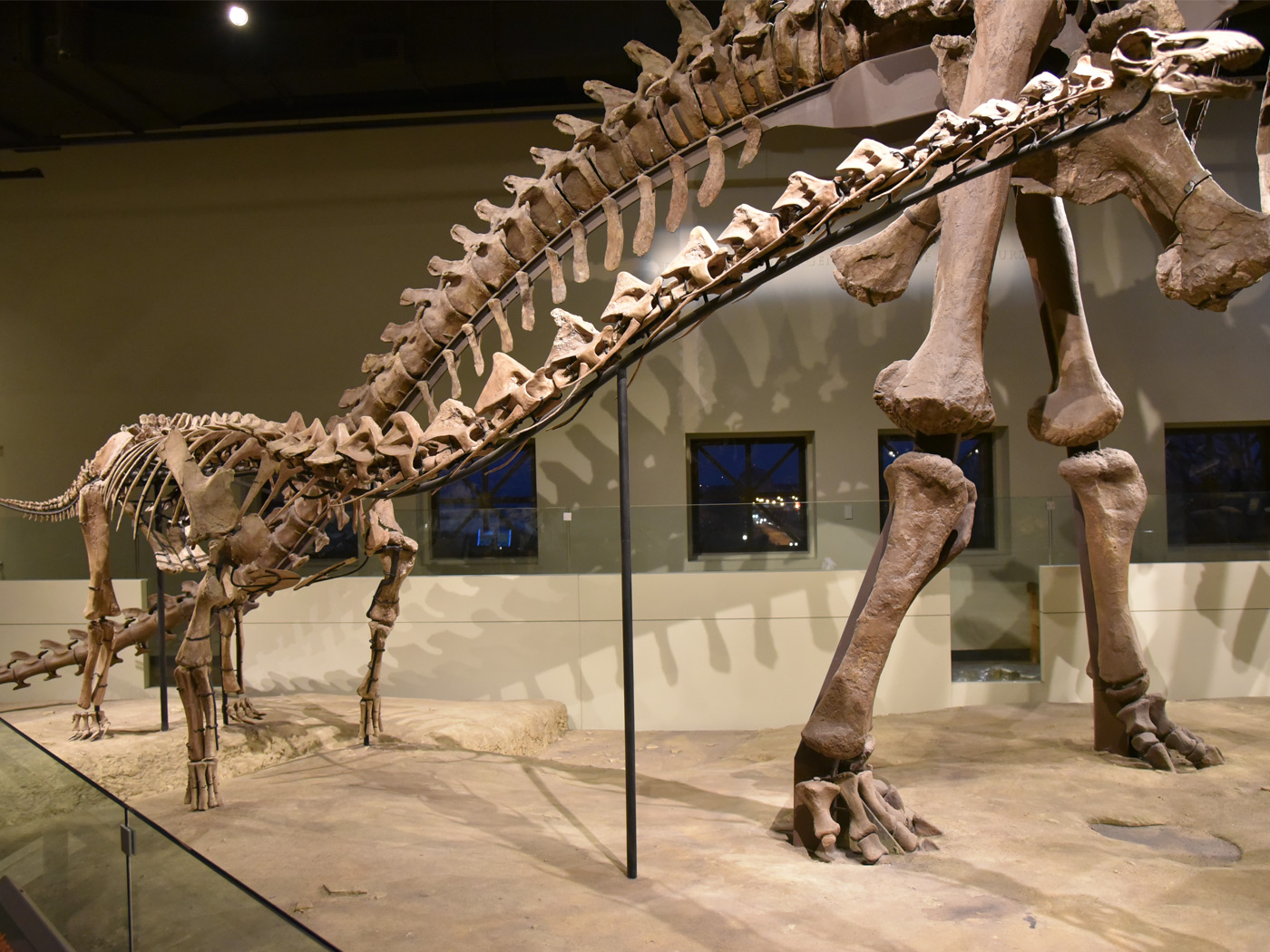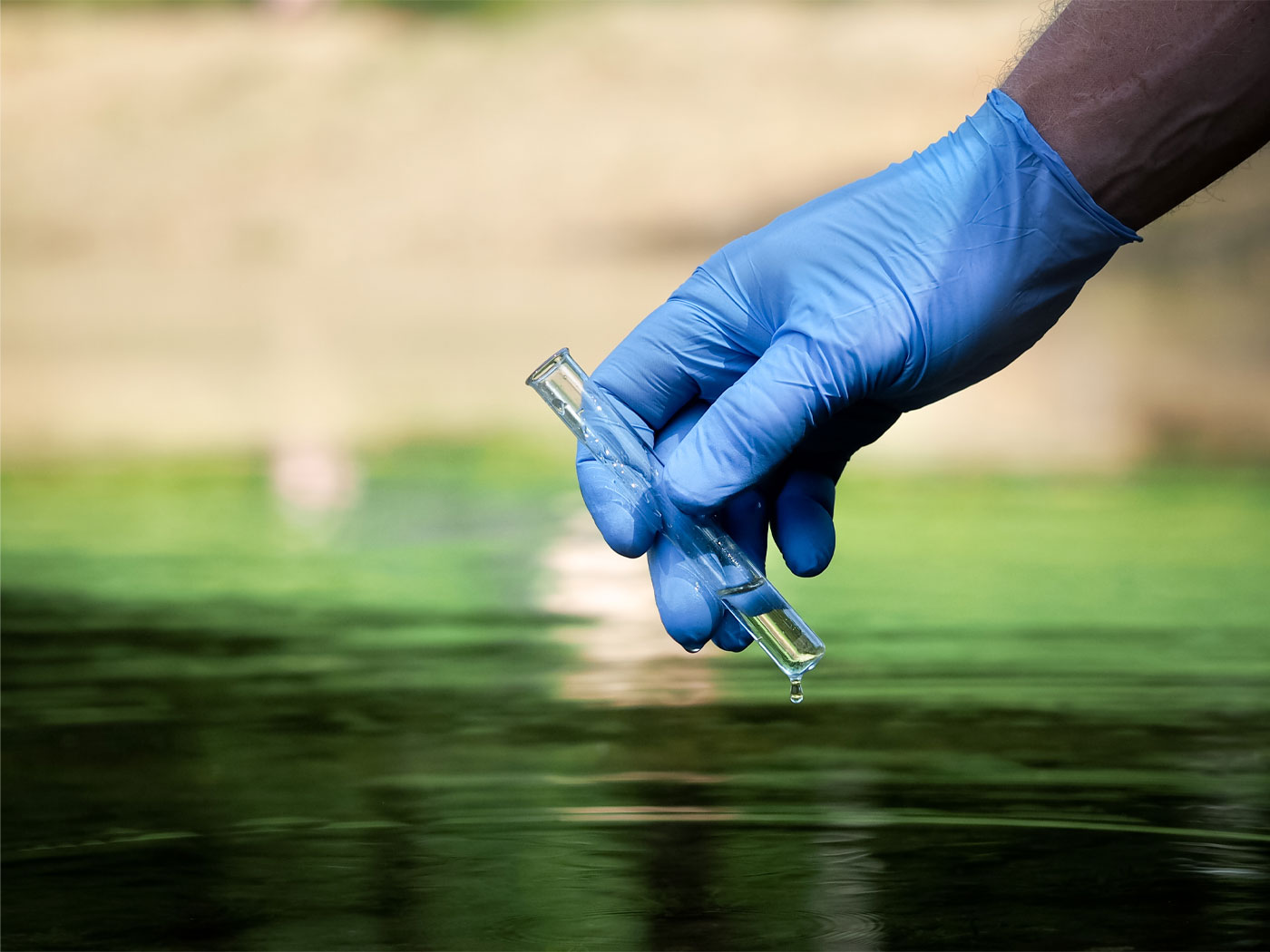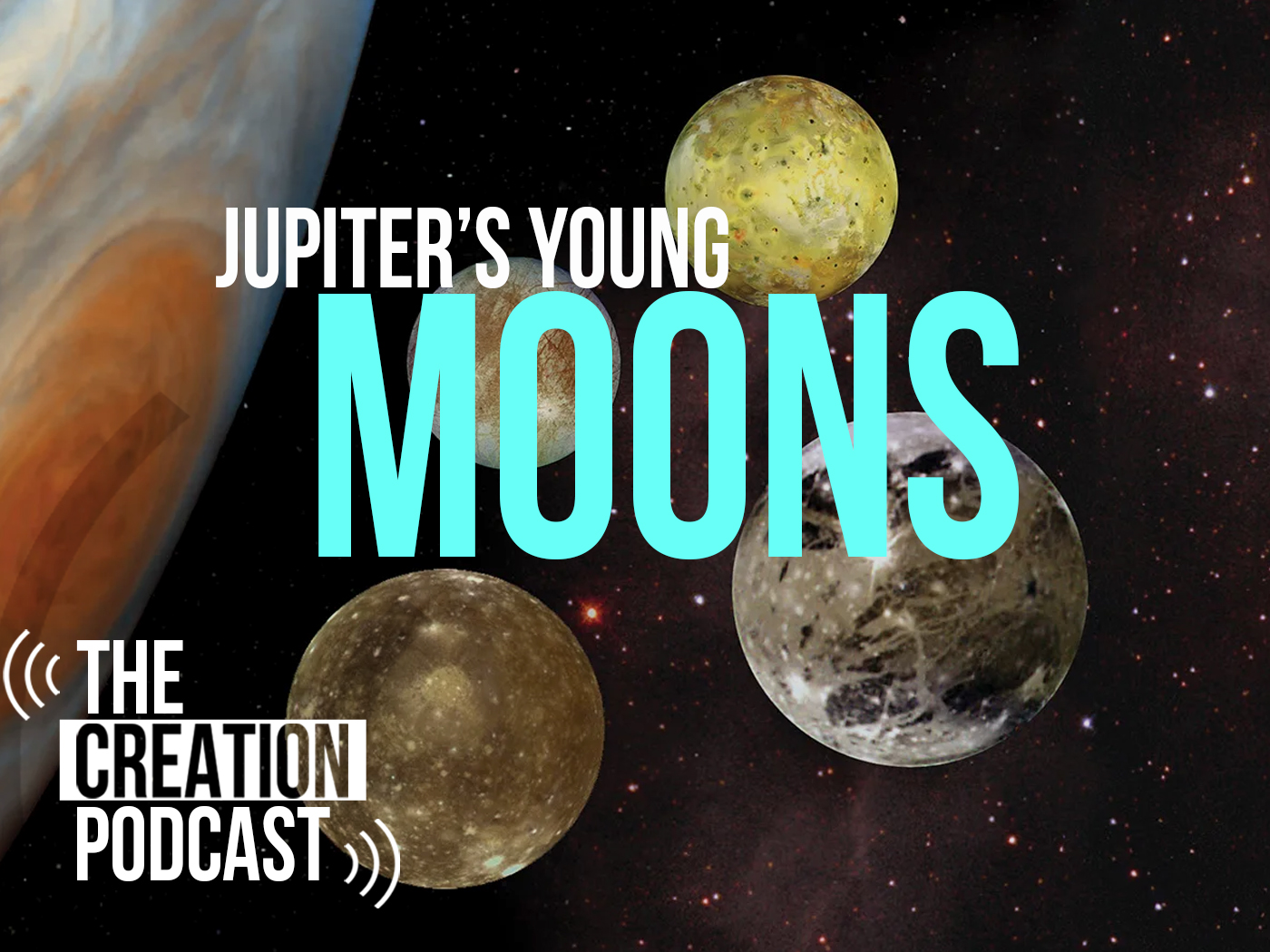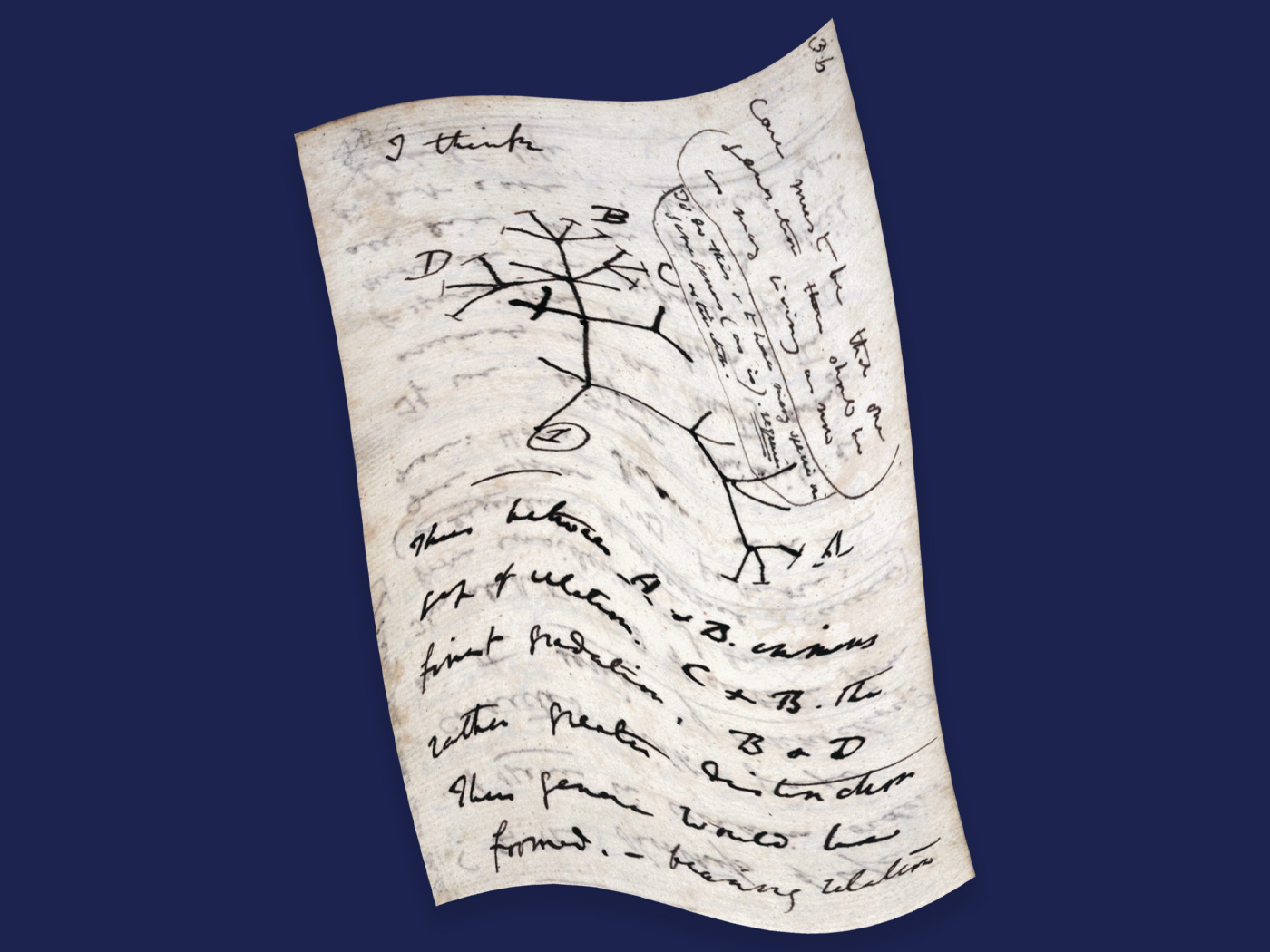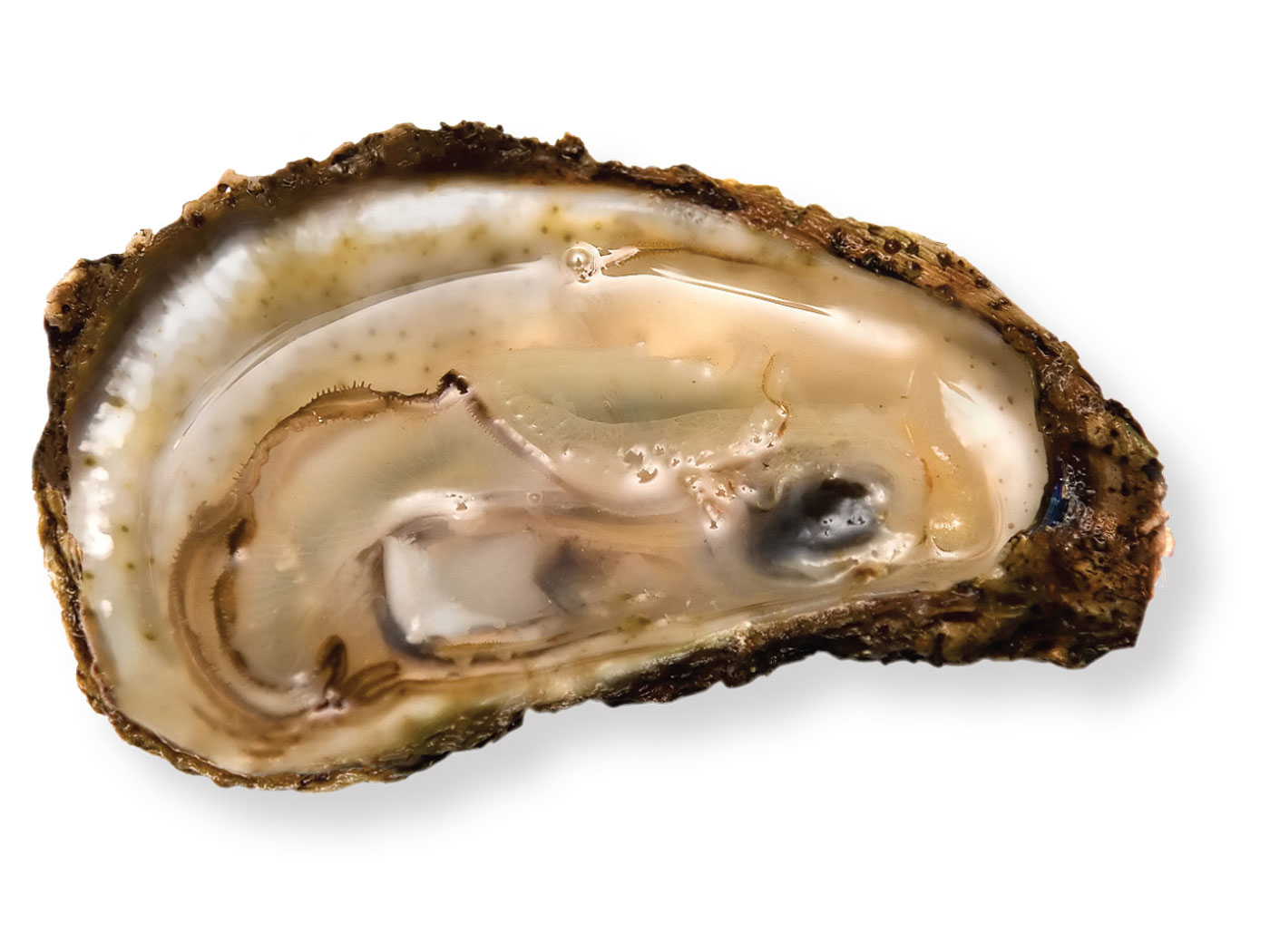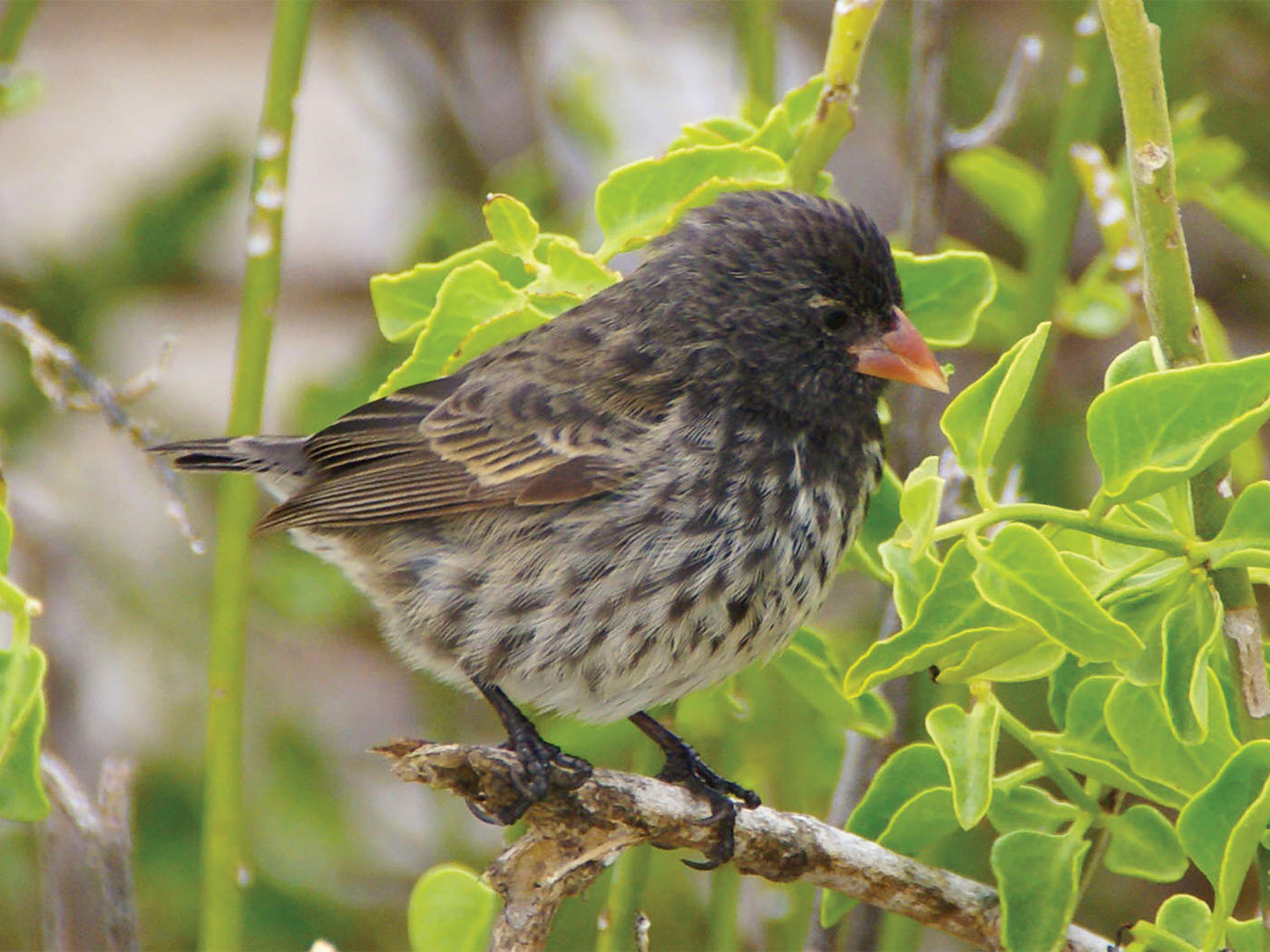Coffee has nutritional benefits! Scientists in Duesseldorf, Germany, report,
Coffee has nutritional benefits! ![]()
God designed this bitter, white, psychoactive drug called caffeine, and people have used it for a variety of functions through the centuries. About 85 percent of the American population intake caffeine in some form everyday.2 It’s found not only in coffee “beans” (seeds actually), but also in the leaves, seeds, and nuts of a number of plants. Caffeine helps protect these plants against destructive insects and even prevents germination of nearby seeds.3
Another caffeine benefit has been recently discovered regarding structures within our cells. These are the mitochondria—organelles that are the body’s energy powerhouse. Basically, the more active a cell is (such as a liver cell), the more mitochondria it contains. Interestingly, caffeine in your latte improves the migration of a fascinating regulatory protein into these mitochondria, improving their function as well as shielding critical cardiovascular cells from injury. The protein is called p27 (or CDKN1B) and is an inhibitor of the cell cycle; the cell cycle is a sequence of three events, or phases, resulting in a daughter cell.
But p27 is also present in heart-cell mitochondria and undergoes three beneficial functions resulting in the repair of the myocardium (heart muscle) after a heart attack. This protective effect was attained at a caffeine concentration equal to four cups of coffee (the average American drinks more than three cups of coffee a day), encouraging the movement of p27 into mitochondria and initiating this beneficial chain of events. The researchers concluded,
Coffee can help you live longer and strengthen your heart. ![]()
Coffee can help you live longer and strengthen your heart. Next time you drink a cup of joe, remember: you don’t always have to change your diet to eat healthy.
References
1. Ale-Agha, N. et al. 2018. CDKN1Bp27 is localized in mitochondria and improves respiration-dependent processes in the cardiovascular system—New mode of action for caffeine. PLOS Biology. 16 (6): e2004408.
See also: Caffeine from four cups of coffee protects the heart with the help of mitochondria. ScienceDaily. Posted on sciencedaily.com June 21, 2018, accessed June 27, 2018.
2. Mitchell D. C. et al. 2014. Beverage caffeine intakes in the U.S. Food and Chemical Toxicology. 63: 136–42.
3. Myers, R. L. 2007. The 100 Most Important Chemical Compounds: A Reference Guide. Westport, CT: Greenwood Press, 55.
Mr. Frank Sherwin is Research Associate, Senior Lecturer, and Science Writer at the Institute for Creation Research.









